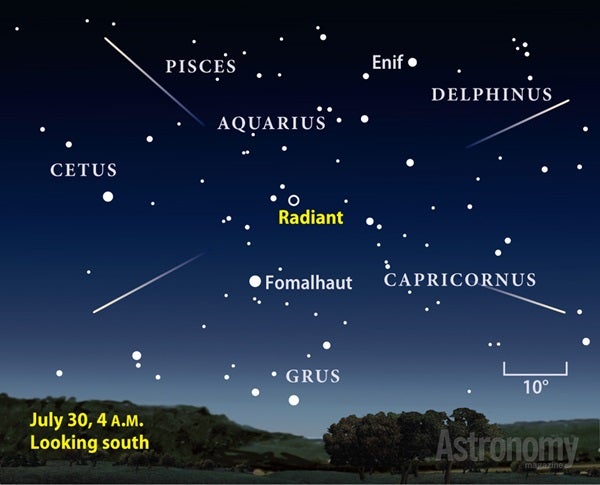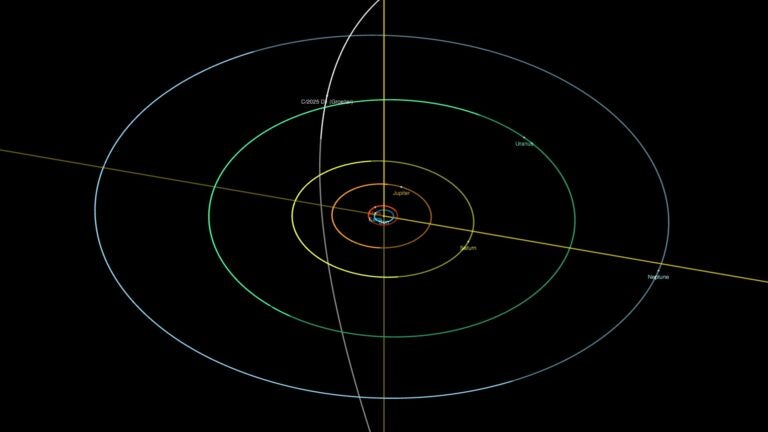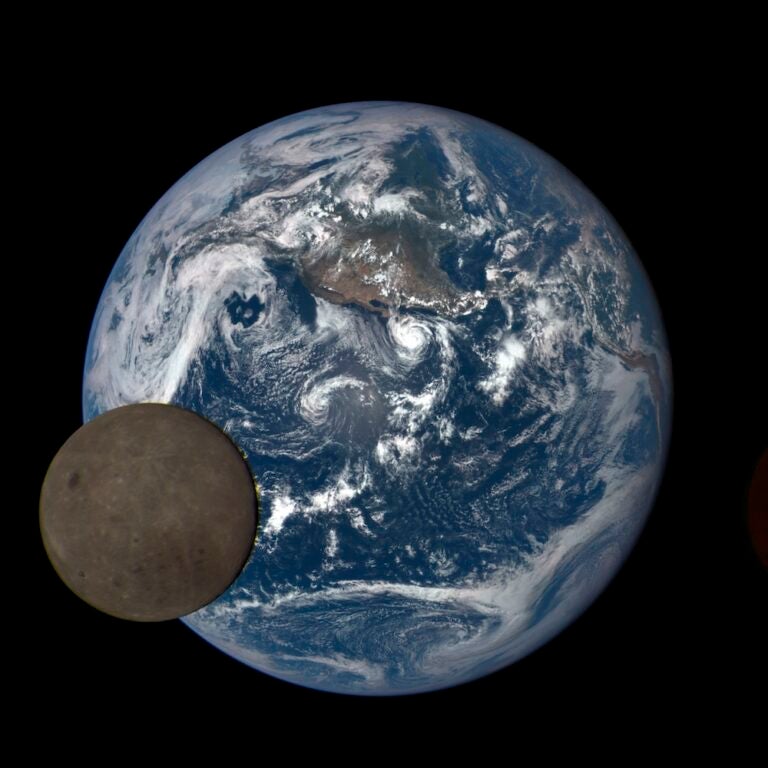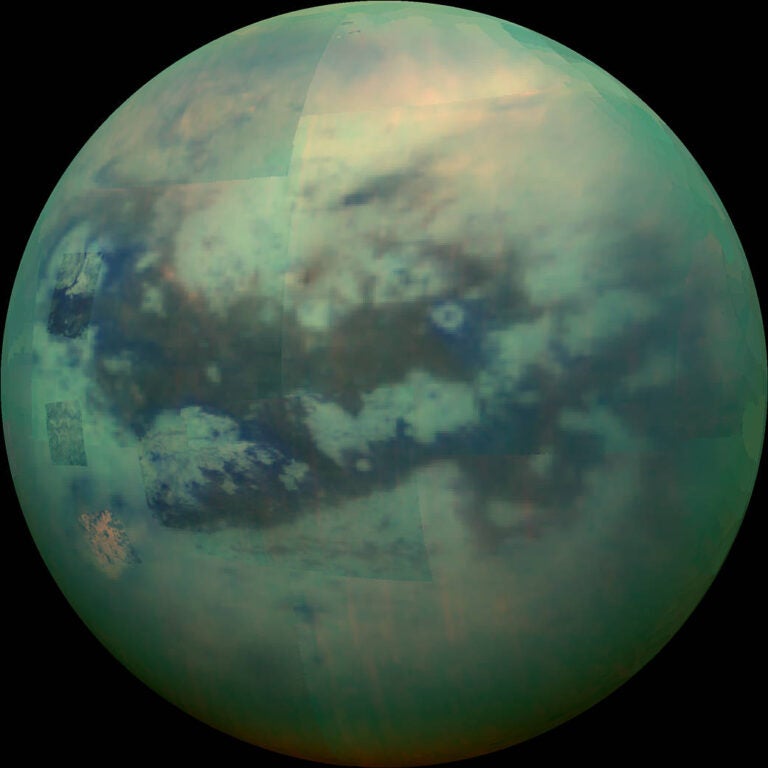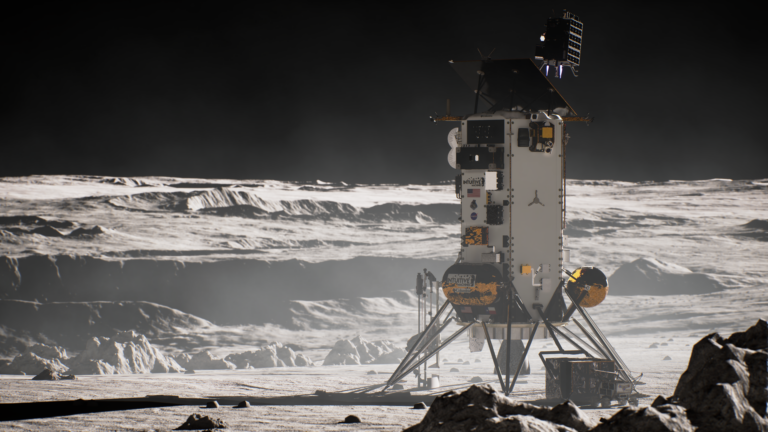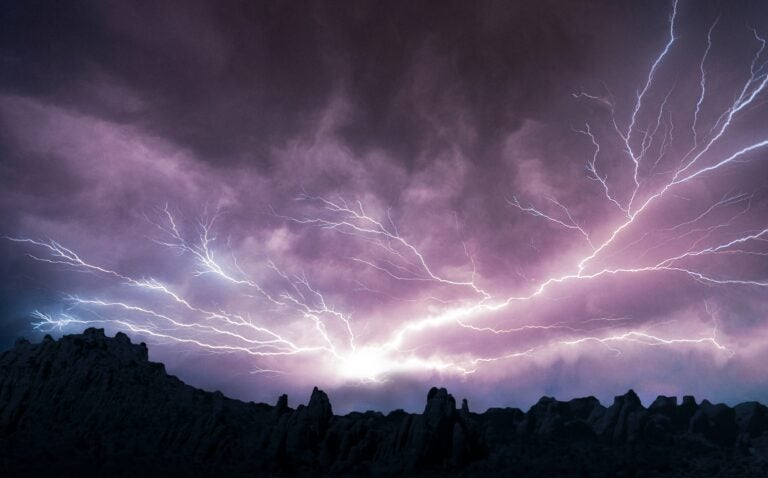Because these meteors seem to originate from the constellation Aquarius — and more specifically from near that figure’s Delta (δ) star — astronomers named the shower the Southern Delta Aquariids. As you might guess, a Northern Delta Aquariids shower also exists. That one peaks around August 13.
Both showers occur on the same dates each year because Earth, in its relentless orbit around the Sun, passes through the streams of particles left by Comet 96P/Machholz.
Late July this year is a fine time for meteor observing because the Moon doesn’t appear in the morning sky, the nights are growing longer, and the weather is still balmy. Although the Southern Delta Aquariids shower doesn’t produce a ton of “shooting stars” — you can expect to see 15 to 20 per hour at maximum — it maintains peak intensity for a few days.
The greatest numbers rain down in the hour or two before morning twilight begins July 29 and 30. As noted, the meteors appear to radiate from a point near the star Delta Aquarii. This area climbs reasonably high before dawn, particularly for observers at more southerly locations.
Veteran meteor watcher and Astronomy Contributing Editor Raymond Shubinski says, “Head outdoors a couple hours before dawn, set up a comfortable reclining chair, and look about halfway up in the south. That should allow you to see several dozen shooting stars if your sky is dark.”
- Video: How to observe meteor showers, with Michael E. Bakich, senior editor
- StarDome: Locate the shower’s radiant in Aquarius in your night sky with our interactive star chart.
- The Sky this Week: Get your meteor shower info from a daily digest of celestial events coming soon to a sky near you.
- Sign up for our free weekly email newsletter.


